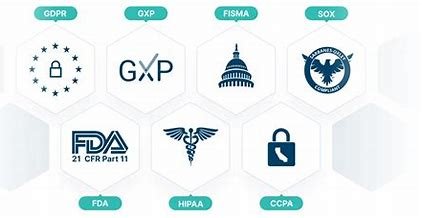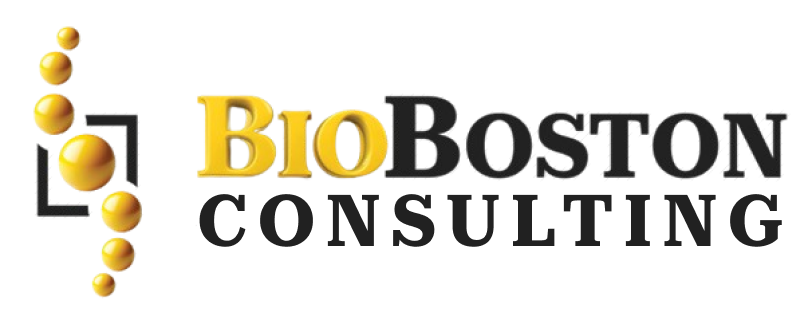“Explore how data analytics transforms regulatory compliance in life sciences. Learn about predictive monitoring, risk-based decision-making, and the benefits of real-time data in ensuring safety and efficacy.”
Leverage the untapped power of data analytics for a fool-proof life sciences regulatory compliance landscape
Introduction
Life science industry: Regulatory compliance is the ultimate gatekeeper here, ensuring patient safety and product efficacy. With the complex network of laws and regulations encircling pharma, biotech, and medical device industries, there is no margin for error.
As the life science industry faces its increasing data challenges, it is being asked to not just meet compliance but lead an era of innovation and efficiencies with these same datasets.
In this post, we would walk you through how data analytics platform can be the differentiator in difficult Life Sciences regulatory environment.
Regulatory Headwinds in Life Sciences
Life sciences companies operate within a vast spectrum of strict regulatory oversight laws to ensure standards and responsibilities inferred by GMPs, which include Good (Laboratory/Market/Clinical) Practices (GLP/GCP) & GDP as well. Failure to adhere to these regulations can result in significant penalties, such as product recalls and fines, a tarnished image, and most importantly compromised patient safety. Compliance is not only a matter of regulatory requirement but a moral and ethical necessity.
Life Sciences and the Data Revolution
The Life Sciences industry is experiencing a data-driven revolution. The huge volumes of data generated during the course of a product’s life cycle, ranging from R&D and manufacturing to post-market surveillance, are rich in insights. But to get the most out of this data, we need some methodical and data-based thinking.
Regulatory compliance through Data Analytics
1. Enhanced Predictive Compliance Monitoring: Life science companies can leverage data analytics to head off non-compliance issues before they become severe. Organizations can identify leading indicators of potential compliance risks through trend analysis and monitoring key performance indicators (KPIs) from the historical database. It facilitates early intervention and corrective measures.
2. Improved Regulatory Reporting: All stakeholders, including regulatory authorities, expect robust data derived from pharmacovigilance to both support claims of product quality/efficacy as well as ensure public safety. Data analytics simplifies these processes by automating gathering, analysis and reporting of data while minimizing the chances of errors or omissions.
3. Risk-Based Decision Making (or Risk-based Approach): Compliance with regulations typically involves risk management. Thanks to data analytics, organizations can measure risks and prioritize them efficiently. Companies that measure risks with precise, data-driven results can better allocate scarce resources to focus on the most pressing compliance questions.
4. Real Time Monitoring: With data analytics, processes and data can now be continually monitored in real-time. With this capability, any departure from the set norms is detected immediately and regular checks and conforming correctives are in place to avoid any possibility of non-compliance.
5. Easier Audits and Inspections: Regulatory audits and inspections are always a headache. In that regard, it helps life science companies to be better prepared by being in control and up to date on all necessary documentation and records to avoid disruption during audits and inspections..
6. Product Quality Control Tracking: The quality and safety of products are very important in life sciences. Data analytics can help in monitoring quality of product from crude material inspection to final product release. This minimizes the risk of non-compliance as well as recalls from selling substandard products.
7. Post-Market Surveillance is critical for monitoring the safety and effectiveness of medical products after they are available to patients. Real-world data can be employed to monitor adverse events and trends in the real world in order to identify patient safety alerts faster, doing away with potentially long regulatory time lags.
How Data Analytics can be Transformative
A few of the myriad advantages provided by incorporating data analytics with regulatory compliance processes:
Automation and real-time monitoring take the burden of compliance off administrators, who can then focus on strategic initiatives.
Process improvement and cost Data analytics can identify ideal areas for streamlining, product development, waste reduction and more.
Competitiveness: Firms using data analytics more quickly respond to new regulators and the demands of the market.
Patient first: Better data analytics leads to safer and more effective treatments, which is good for patients.
Conclusion
Life science companies, working in a highly regulated and data rich environment, may not have a choice when it comes to implementing consumer-grade innovation through the integration of data analytics. It provides organizations with the necessary tools to achieve compliance and also helps take their operations to new levels of efficiency, innovation, and business agility. Data analytics is used to simplify compliance processes and provide real insights of products by life science companies.
BioBoston Consulting knows the specific burdens in the life sciences sector.
Get in touch with BioBoston Consulting or visit our website to find out how we could help your organization.


